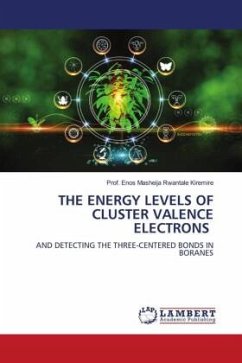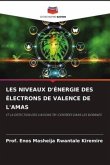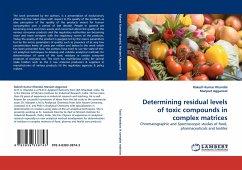This book introduces the concept of viewing the cluster valence electrons for transition metals, main group elements and hydrogens as being at different levels. In fact, we may consider them as being different energy levels such that that of transition elements being the highest, followed by that of the main group elements and that of the hydrogen being the lowest. The gap between that of hydrogen and the main group elements being 6 units of valence electrons while that of the main group elements and transition elements being 10 units of valence electrons. This approach enables the algebra for the calculation of cluster valence electrons to flow smoothly. This is parallel to the conventional valence electron configurations s2 p6 d10. Is it possible to extrapolate this then to include the elements with f orbitals such that we have s2 p6 d10 f14? This could imply we could figure out extending the simple algebra to calculate cluster valence electrons of clusters which possess lanthanides/actinides by including an energy gap of 14 valence electron units.








